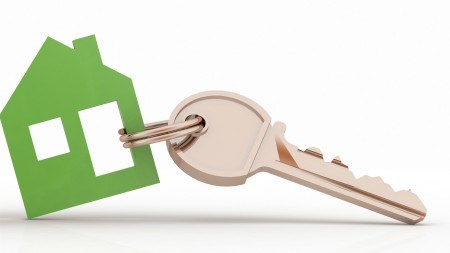According the FNB Estate Agent Survey, demand for secondary homes declined for the third quarter in Q4 2017, but the market could see improvement in 2018.
This was probably to be expected, given the weak levels of Business, Consumer and Investor Confidence late in the year, with the country experiencing weak economic growth, while also awaiting the outcome of December 2017’s ruling party elective conference. However, leading economic indicators, and indeed general sentiment, appear to be improving of late, suggesting that “non-essential” secondary home buying may improve slightly in 2018.
2nd property buying weakened as 2017 progressed
The tough economic climate in recent years has seen secondary home buying take a backseat due to its non-essential nature, and as 2017 progressed this appeared to increasingly have been the case.
Secondary home buying hasn’t “fallen through the floor”, but the FNB Estate Agent Survey has pointed in recent quarters’ estimates to some decline in such buying as a percentage of total home buying.
According to the survey, secondary residential property buying reached a multi-year high of 14.47% of total home buying back in the 1st quarter of 2017, the highest estimated percentage since the end of 2009. Since then, this estimate has declined for 3 consecutive quarters to reach 11.99% by the 4th quarter of 2017. These levels remain far below the pre-2008 boom time levels, which exceeded 20% at times. The average estimated secondary home buying percentage for the entire year of 2017 was 12.9% of total home buying.
Buy-to-let buying percentage remains in single digits
The main category of secondary home buying is the Buy-to-Let category. This category showed a very slight increase on the prior quarter’s 8.23% of total home buying, to 8.55% in the final quarter of 2017, but the 2nd half of 2017’s average of 8.4% remained lower than the 1st half of the year’s 9.7%.
This meant a continuation of single-digit buy-to-let buying estimates, which have been a feature for most of the time since 2010, and these are levels far below the above-25% estimates seen back in 2004 at the height of the housing boom.
Small rise in number of investment properties being resold in 2017
Agents surveyed also perceived that the slightly more investment properties were being sold because investors were achieving lower than expected returns on the properties, from 2.75% in 2016 to 4.5% in 2017.
While this increase did suggest a possible mild deterioration in the popularity of owning investment properties in 2017 (or otherwise an increase in financial constraints amongst certain households), it remained at a moderate level compared to the 10.25% estimate for such sales back at a stage of 2010.
In addition, agents perceived that a higher number of investment properties were being sold at or below their purchase price. There was a slight rise in the estimated percentage “sold below previous purchase price” during 2017, from 3.25% average for 2016 to 6.5% average for the entire 2017. The estimated percentage being “sold at purchase price” and not above, rose from 16.75% for 2016 to 22% for the entire 2017.
This translates into a rise in the percentage of homes being resold at either purchase price or below, from 20% in 2016 to 28.5% in 2017.
Conclusion
This second half weakness in the estimates is hardly surprising, given very weak sentiment amongst the Business community, consumers and investors alike in the second half of last year, much of it to do with economic weakness. In addition, Ratings agencies had been implementing widely-publicised ratings downgrades to “junk status” at a stage last year, and much publicity and uncertainty had been created in the run up to the ruling party’s December elective conference, all influencing sentiment last year.
2017 as a whole was not perceived to be a worse year than 2016 in terms of secondary home buying, but it did weaken as the year progressed. However, given our expectation of stable interest rates in 2018, slightly improved economic growth compared with 2017, and seemingly significantly improved general sentiment at the start of this year (if the Rand’s significantly improved performance is anything to go by as a sentiment barometer), we would expect some increase in the estimated percentage of secondary (non-essential) home buying this year.



